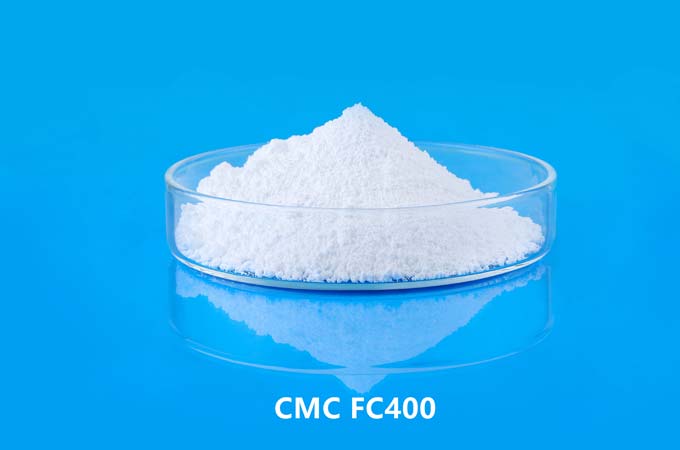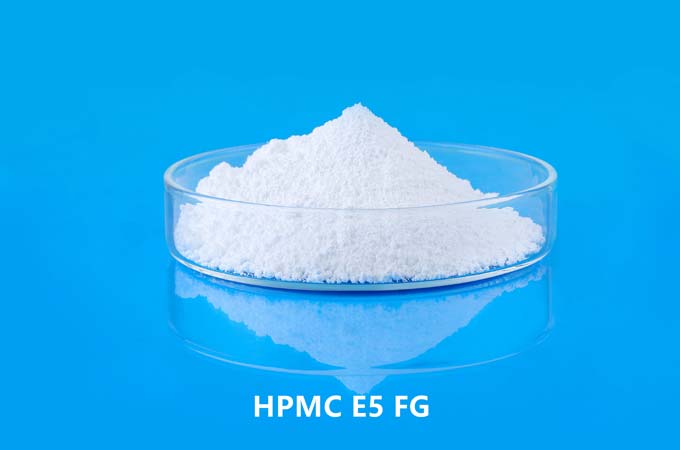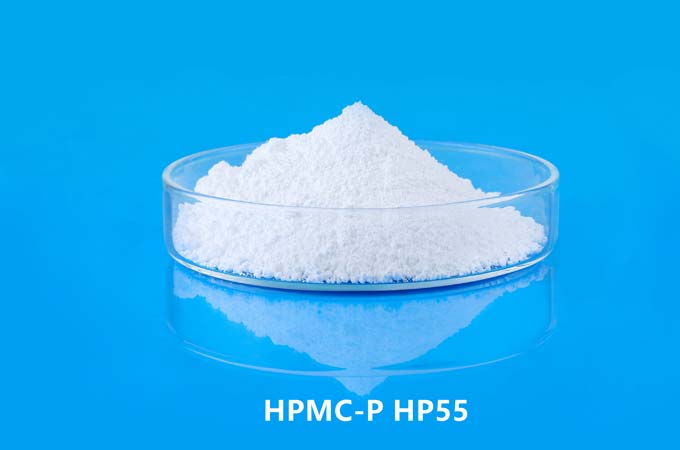Both guar gum and carboxymethyl cellulose (CMC) are widely used in various industries as food additives, thickeners, stabilizers and other applications. While they share some functional similarities, there are significant differences between the two substances, including their sources, chemical structures, properties, uses, and potential advantages and disadvantages.
1. Source and production:
Guar gum:
Source: Guar gum is derived from the seeds of the guar plant (Cyamopsis tetragonoloba), which is mainly grown in India, Pakistan, the United States and some African countries.
Extraction: Guar gum is extracted from the endosperm of the guar bean. The beans are shelled, ground and sifted to obtain the gum.
Carboxymethylcellulose (CMC):
Source: CMC is a derivative of cellulose, a natural polymer found in plant cell walls. It is usually derived from wood pulp or cotton.
Production: CMC is produced through the chemical modification of cellulose, where the cellulose fibers are treated with sodium hydroxide and chloroacetic acid to introduce carboxymethyl groups on the cellulose backbone.
2.Chemical structure:
Guar gum:
Ingredients: Guar gum is a galactomannan composed of linear mannose units and occasional galactose side chains.
Linkage: It consists mainly of β-1,4-linked mannose units with galactose side chains connected by α-1,6 linkages.
Carboxymethylcellulose (CMC):
Ingredients: CMC is a cellulose derivative modified with carboxymethyl (-CH2-COOH).
Structure: The carboxymethyl group is attached to the hydroxyl group of the cellulose backbone. The cmc degree of substitution (DS) determines the number of carboxymethyl groups per glucose unit.
3. Performance:
Guar gum:
Solubility: Guar gum is soluble in cold water, but forms a viscous solution.
Viscosity: It exhibits pseudoplastic or shear-thinning behavior, which means that its viscosity decreases with increasing shear rate.
Thermal Stability: Guar gum has good stability over a wide range of temperatures and pH values.
Carboxymethylcellulose (CMC):
Solubility: CMC is soluble in cold water, forming clear to slightly turbid solutions depending on concentration.
Viscosity: CMC solutions also exhibit pseudoplastic behavior with a decrease in viscosity under shear stress.
Thermal Stability: CMC generally has good thermal stability but may degrade at very high temperatures.
4. Purpose and application:
Guar gum:
Food Industry: often used as thickeners, stabilizers and emulsifiers in foods such as sauces, dressings, ice cream and baked goods.
Oil and Gas Industry: Used in hydraulic fracturing (fracking) fluids to increase viscosity and reduce water loss.
Pharmaceuticals: Used as a binder in tablets and as a thickening agent in suspensions.
Carboxymethylcellulose (CMC):
Food industry: CMC in food industry is widely used in dairy products, beverages, processed foods and other foods as thickeners, stabilizers, and moisturizers.
Drugs: Used as binders, disintegrants, and viscosity modifiers in pharmaceutical formulations.
Personal care products: Used as thickeners, stabilizers and emulsifiers in cosmetics, CMC in toothpaste and detergents.
5. Advantages and Disadvantages:
Guar gum:
advantage:
Naturally sourced, appealing to consumers looking for natural alternatives.
Good stability under a range of conditions.
Synergistic with other hydrocolloids.
shortcoming:
Quality changes due to agricultural factors.
Limited solubility in cold water compared to CMC.
Potentially allergic to sensitive individuals.
Carboxymethylcellulose (CMC):
advantage:
Consistent quality and performance.
Application versatility due to controlled chemical modification.
More soluble in water than guar gum.
shortcoming:
Synthetic modifications may prevent some consumers from seeking natural ingredients.
Limited compatibility with certain ingredients.
Cost is higher compared to some other hydrocolloids.
6. Regulatory status:
Guar gum:
Generally recognized as safe (GRAS) by the U.S. Food and Drug Administration (FDA) for specified uses.
Carboxymethylcellulose (CMC):
Approved as a food additive by regulatory agencies such as the FDA, European Food Safety Authority (EFSA) and others.
Although guar gum and carboxymethylcellulose (CMC) share some similarities as hydrophilic colloids used in various industries, they have significant differences in their chemical structure, properties, sources, and applications. Guar gum, derived from the guar plant, is prized for its natural origin and stability, while CMC, a cellulose derivative, provides consistent quality and higher solubility. Both substances play vital roles in the food, pharmaceutical and other industries, providing a wide range of products with texture, stability and functionality. Understanding the unique properties of each hydrocolloid enables formulators to select the most appropriate ingredients for their specific applications, balancing factors such as cost, performance and consumer preference.
 English
English 日本語
日本語 français
français Deutsch
Deutsch Español
Español italiano
italiano русский
русский português
português العربية
العربية Türkçe
Türkçe Nederland
Nederland



